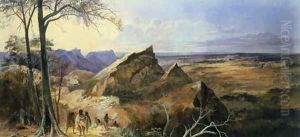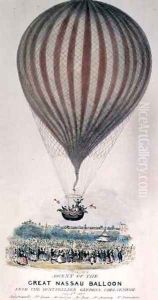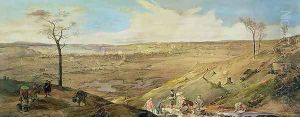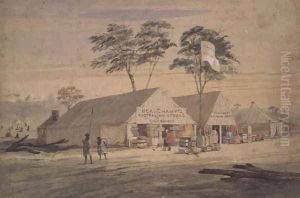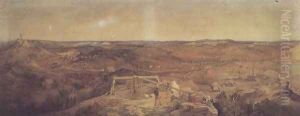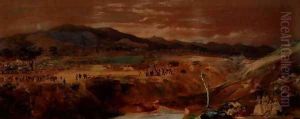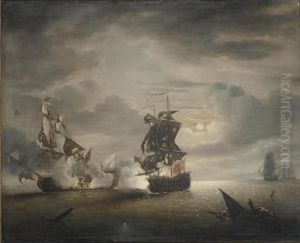George Rowe Paintings
George Rowe was an English artist and lithographer born in 1796, known for his detailed and picturesque views of towns and landscapes, particularly in Devon. His work provides a valuable historical record of the area during the 19th century. Although not as widely recognized as some of his contemporaries, Rowe's contributions to the documentation of English landscapes and urban spaces during this period are significant.
His most notable work includes illustrations of towns and notable buildings in Devon, which were often published as part of guides to the county. These guides were popular among tourists and locals alike, offering a glimpse into the scenic beauty and architectural heritage of the region. Rowe's attention to detail and ability to capture the essence of a place made his work sought after during his lifetime.
Throughout his career, Rowe also engaged in lithography, a printing process that was relatively new at the time. This technique allowed for greater detail and a more realistic representation of the landscapes and urban scenes he depicted. His mastery of lithography contributed to the medium's popularity and development in England.
Despite his contributions to English art and lithography, George Rowe remains a somewhat obscure figure in the art historical canon. His works, however, continue to be of interest to historians and collectors, particularly those with a focus on Devon and its surroundings. Rowe died in 1864, leaving behind a legacy of detailed and picturesque views that continue to offer insights into the England of his time.
